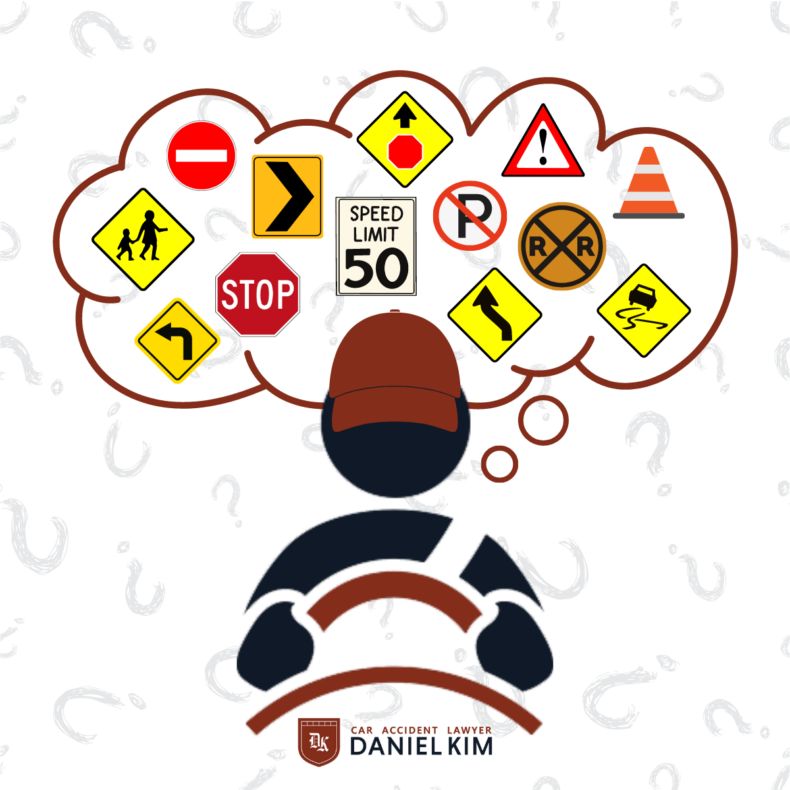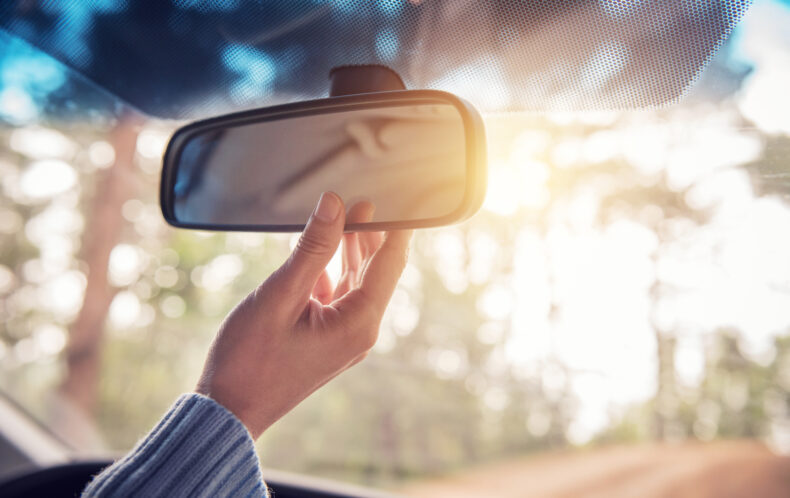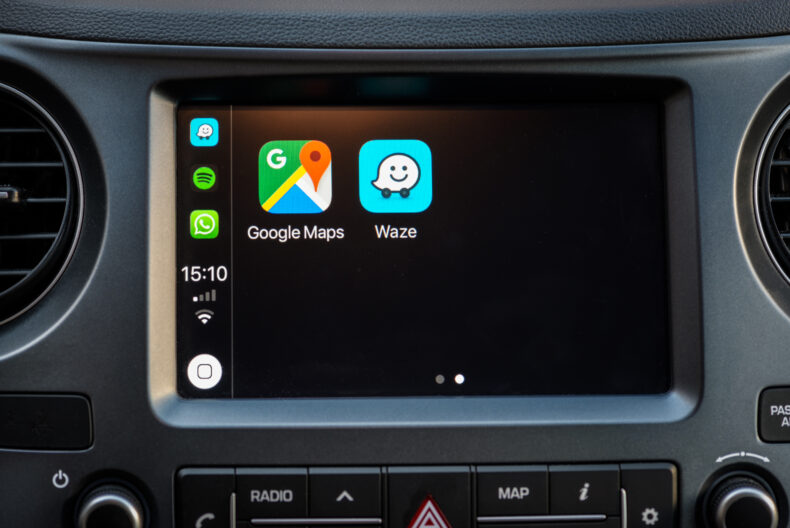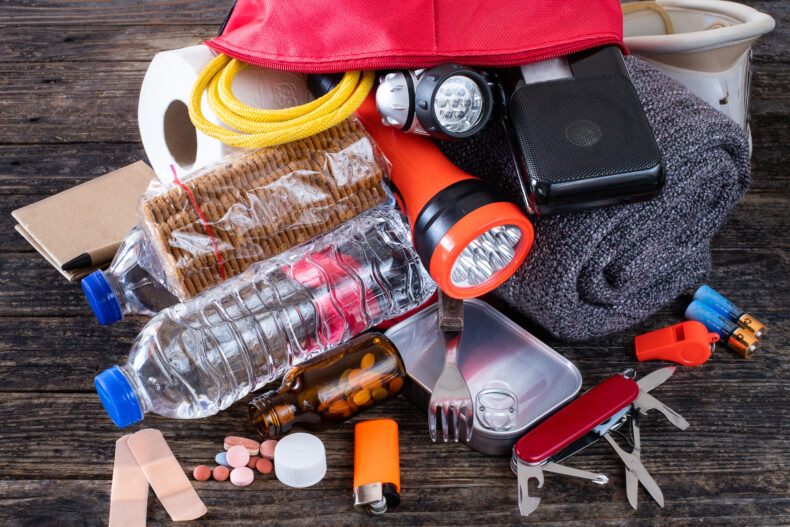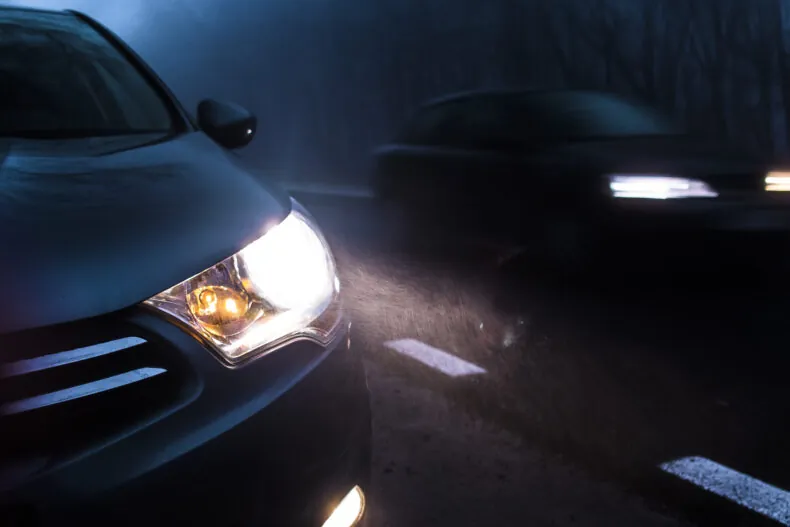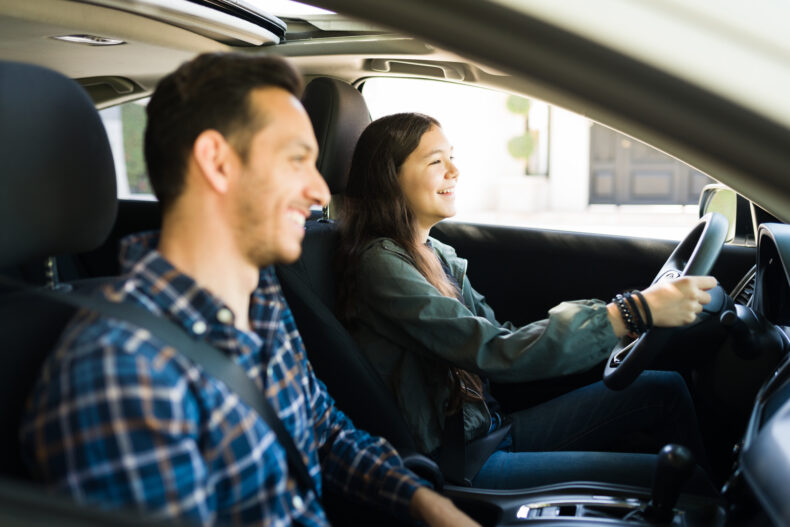Congratulations! You passed your driving test and you now have a California driver’s license. Now comes the hard part: using the skills you learned in class and on the road and applying them to the real word. Not to fear, we have 10 essential tips for new drivers to keep you safe and guide you on the path to becoming a great driver. If this sounds good to you, keep reading!
1. Control Your Speed
Hey all you new drivers! We know it’s super tempting to speed up on an open road or highway. But keep this in mind: For every 10 mph of increased speed, the risk of dying in a crash doubles. Speeding increases the potential to lose control of the vehicle, increases the risk of a rollover accident, and reduces a driver’s reaction time. All of this is to say control your speed.
However, driving too slow can also be dangerous and cause an accident. As a general rule for all you new drivers, you should aim to keep up with the flow of traffic. If you’re unsure, stay in the right lane. But you should never drive slowly in the passing (far left) lane, or you may risk having a lot of angry and frustrated drivers on your tail.
2. Adjust Your Mirrors
A common mistake among new drivers is not adjusting the two side mirrors and rear view mirror inside the car. Always ensure your mirrors are in the correct position before you start driving. You should be able see the cars next you in your side mirrors, not your own car. If these mirrors are not correctly positioned, it can increase the chance of an accident when merging or changing lanes. Your inside mirror should provide a full view of the back window. After your mirrors are adjusted, take a moment to make sure your seat is properly adjusted. You should sit up straight and the backs of your knees should not touch the car seat bottom.
3. Follow All Traffic Laws
Traffic signals and signs are there for a reason. While you probably studied all the traffic signs in preparation for your written test, it’s a good idea to brush up and know all of the signs before hitting the road. When driving, stay alert and recognize all warning signs.
As a new driver, you absolutely must follow traffic laws for your safety. While you may see other drivers speed, make illegal turns, or ignore traffic signs, do not copy them. More experienced drivers may feel okay to bypass certain rules, but as a new driver, you shouldn’t.
4. Plan Your Route Ahead of Time
Traffic apps like Google Maps and Waze are great tools to guide you quickly to your destination. Knowing of any traffic delays or road closures ahead of time can save you a lot of stress and frustration on the road. Always check the apps before you start driving – never during your drive. If you need to look at your phone, send a message, or make a call, pull over safely. Texting or talking while driving are common distracted driving behaviors, but are very dangerous. If you absolutely must need directions to get somewhere, use a phone mount and set your phone on “do not disturb.” Keep your eyes on the road and glance at the map only when you’re at a complete stop. Even a few seconds of not paying attention to the road ahead can cause a collision.
5. Follow the 3-Second Rule
No, this isn’t when you drop food on the floor. When driving, it’s very important to leave a safe distance between you and the car ahead of you. Known as tailgating, following too closely can cause rear-end accidents (one of the most common types of car accidents) and is illegal in most states, including California. When in doubt, always follow the three-second rule: pick an object on the road ahead (a traffic sign, tree, or an overpass) and when the vehicle passes it, slowly count to three (one Mississippi, two Mississippi, three Mississippi). If you pass that object before getting to three, you’re following too closely.
6. Be Prepared for Emergencies
Just as you would keep a stocked kit at home, you should keep an emergency kit in your car. A good kit will include a flashlight, extra batteries, jumper cables, a spare tire, reflective triangles, a tool kit, first aid kit, phone charger, non-perishable food, and water. In the winter months, you should also keep a few extra items in your emergency kit.
You should also carry these essential driving documents at all times: your proof of insurance, vehicle registration, and a copy of your driver’s license.
7. Slow Down at Yellow Lights
We’ve all seen it: drivers who purposely speed up to make the light when it turns yellow. While it’s tempting to do, this is actually a dangerous practice that can cause serious accidents. The purpose of a yellow light is to warn drivers to slow down and be prepared to stop. If you cannot stop safely, cautiously cross the intersection.
8. Use Headlights Carefully
While it’s a good idea to use your headlights at night or during bad weather, do so carefully. Headlights have two modes: low-beam and high-beam. Use your low beams for lower speeds, suburban areas, and during rainy or foggy conditions. Only use your high beams for higher speeds or when there are few cars on the road. High beams cause a glare and can blind other drivers.
9. Buckle Up
We know, this one is obvious. And in case you haven’t heard it enough, wearing a seatbelt saves lives. According to National Highway Traffic Safety Administration data, seat belt use in passenger vehicles saved an estimated 14,955 lives in 2017 alone. Wearing a seat belt reduces your risk of a fatal injury by 45% and moderate to critical injury by 50%. Make sure all of your passengers are buckled up too!
10. Practice, Practice, Practice
Many new (and even experienced drivers!) find it difficult to perform certain driving and parking maneuvers, such as three-point turns, reverse parking, and parallel parking. If you don’t feel 100% confident doing these maneuvers, continue practicing and don’t feel pressured. It may take months or years for you to feel totally comfortable behind the wheel, and that’s okay. Your confidence and skills will build the more you drive.
If You’re Under 18
New drivers under the age of 18 are given a “provisional” license. According to the California Driver’s Handbook, provisional drivers are not allowed to drive:
- Between the hours of 11 p.m. and 5 a.m. during the initial 12 months.
- With passengers under 20 years old, unless a parent, guardian, or other California-licensed driver who is at least 25 years old.
- For pay or operate vehicles that require a commercial Class A, B, or C license, such as delivery trucks.
Follow these tips for new drivers and you’ll be on your way to becoming a great driver. If you are in need of legal advice, The Law Offices of Daniel Kim can help. Contact our car accident attorney in a free consultation.
LEARN ABOUT US
